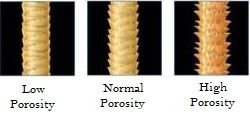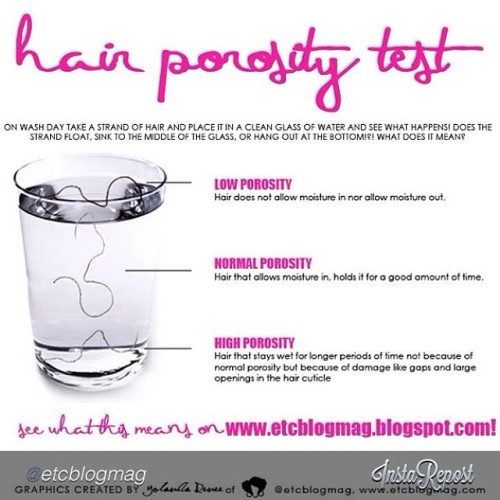7-Day Juice/Smoothie Challenge
2016 DATES:
January 3-9, February 7-13, March 6-12, April 3-9, May 1-7, June 5-11, July 3-9,
August 7-13, September 4-10, October 2-8, November 6-12, December 4-10
Calendar Events: Facebook, Google+
GUIDELINES
- If you don't have a good blender or juice, click here for options.
- Take a picture of yourself before the challenge and at the end of the challenge. It's up to you if you want to share those pictures with the group. It's also optional if you want to take additional pictures during the challenge.
- If you're not used to eating a good amount of fruits and vegetables each day, then prepare your body 1-3 days prior to starting this challenge
- During the challenge (and forever if possible) drink 8-10 cups of water each day. Minimum amount of water depends on your weight.

- Replace at least one meal a day with your detox juice
- DO NOT drink alcohol
- NO drugs unless prescribed by your doctor
- If eating solid foods, DO NOT eat animal products
- If eating solid foods, DO NOT eat processed foods
- NO dairy products
- NO caffeine (however, if you're addicted to coffee and this will prevent you from doing the cleanse, then continue drinking coffee, since, like a drug, it's hard to quit.)
- NO carbonated drinks (caffeine or not)
- Your only sweeteners are maple, agave, or real fruits
WATER
Start each morning with at least 8 ounces (1 cup) glass of warm water with lemon (optional: you can make tea with it) right after you wake up and on an empty stomach to start your day. This will flush toxins from your body and maintain your body's pH balance. It will also increase your metabolic rate (helps with losing weight), help your gastrointestinal and kidneys to function even better, repair skin cells to increase elasticity (look younger), etc. You can use a straw with your warm lemon water to bypass your teeth and/or rinse with plain water afterwards. Do not eat for 30 minutes after you drink your warm lemon water.
BEST TIMES TO DRINK WATER
- Drink one glass of water after waking up to activate your internal organs and to remove toxins before your first meal
- Drink one glass of water 30 minutes before you eat a meal. However, if you want to drink water after your meal, wait an hour to ensure your body absorbs the nutrients
- Drink one glass of water before taking a shower to lower your blood pressure
- Drink one glass of water an hour before you go to bed to replenish fluid loss during the night
EXERCISE
Lots of options here. Do as little or as much as you can. If possible (also depends on the type of exercise), try to exercise after you drink your warm lemon water in the mornings. You can use your smart phone or a step/activity/pedometer tracker to track your steps throughout the day. If you're tracking your steps, at minimum, try to do 8,000 to 10,000 each day. Here are some exercise ideas:
- Running/Cycling
- Strength-Training/Conditioning Classes
- Swimming/Pilates
- Yoga
- Low-Intensity Cardio (Walking/Cycling)
HEALTHY BENEFITS OF EXERCISING
From mayoclinic.org
- Controls weight
- Combats health conditions and diseases
- Improves mood
- Boosts energy
- Promotes better sleep
- Puts the spark back into your sex life
- Can be fun
From greatist.com
- Reduce stress
- Boost happy chemicals
- Improve self-confidence
- Enjoy the great outdoors
- Prevent cognitive decline
- Alleviate anxiety
- Boost brainpower
- Sharpen memory
- Help control addiction
- Increase relaxation
- Etc
BENEFITS OF JUICING
From Huffington Post
- Rest the stomach
- Rest and repair the gut
- Rest the liver
- Reduce your appetite
- Ease food decision-making
- Eliminate harmful foods
- Floods our body with super nutrition
- Lose weight
- Improve energy
- Re-hydrate the body
- Reduce physical problems
- Allow maximum detoxification
- Heal our cells
JUICE RECIPE IDEAS (5 Websites)
- http://www.justonjuice.com/7-day-juice-fast-plan
- http://www.eatingwell.com/recipes_menus/drink_recipes/how_to_start_juicing_7_day_juice_plan_to_add_more_fruits_vegetables_to_your_diet
- http://www.shape.com/healthy-eating/meal-ideas/clean-green-food-drink-cleanse
- http://www.avegangoddess.com/2012/03/recipes-for-seven-day-cleanse.html
- http://www.vegancooking.com/juicing/3-day-juice-cleanse














